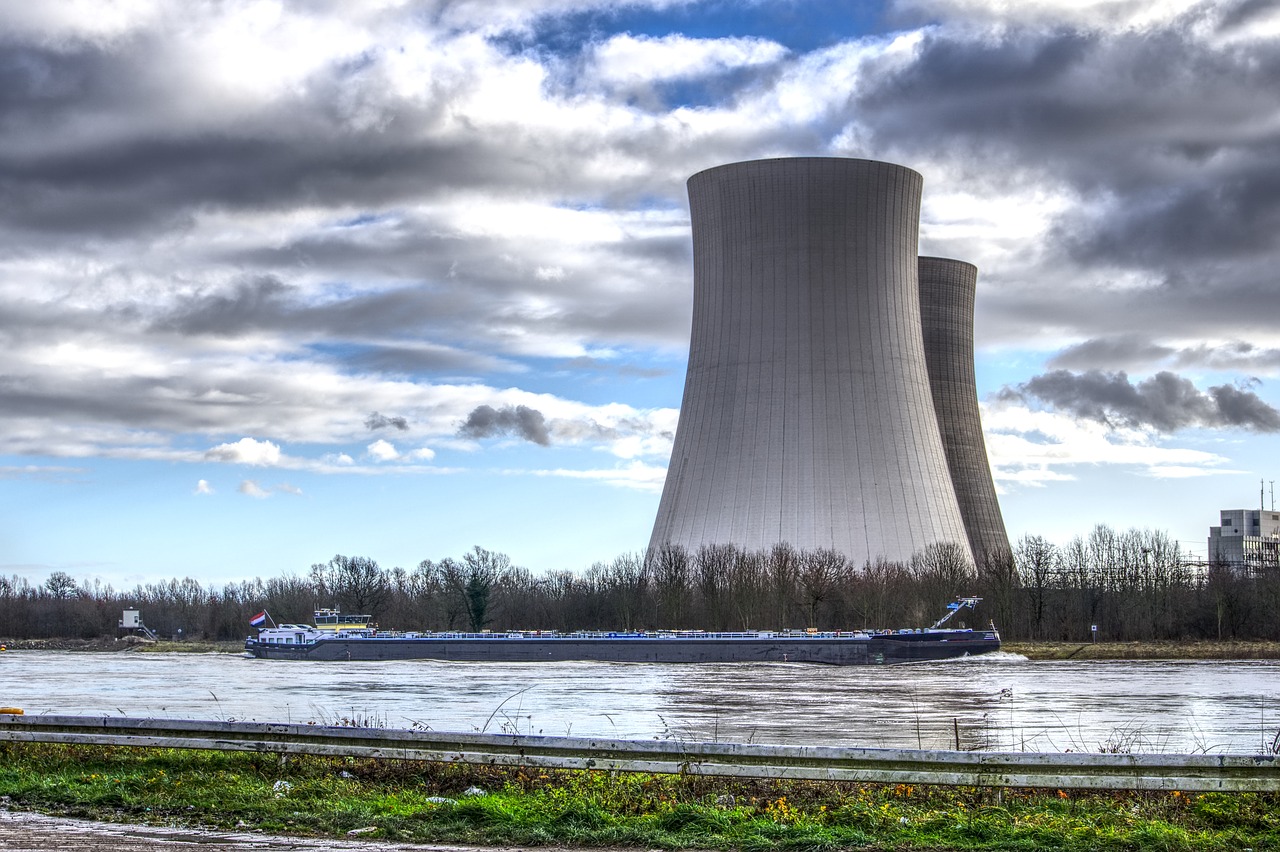During my career, I’ve been involved in the nuclear power industry in a variety of capacities: as Chairman of the UK Atomic Energy Authority, Deputy Chairman of the TEPCO Nuclear Reform Committee, Chairman of TEPCO’s Nuclear Safety Task Force, and as an advisor to nuclear energy programs in Jordan and the United Arab Emirates.
My experience has convinced me that the need for nuclear energy has never been greater.
With finite fossil fuels and an urgent need to cut carbon emissions, the world needs a reliable source of clean baseload power. Below, I’ve set forth my thoughts on the deepening global energy crisis, the shortcomings of renewable energies like wind and solar power, and why nuclear power could fill the gap.
The world’s energy needs are constantly increasing.
Humans rely on energy for nearly every aspect of daily life—from boiling a kettle of water for tea, to heating and cooling our homes, to driving to work. We need power to function.
According to the National Academy of Sciences, energy consumption in America will increase over the next two decades by around 7.3%. In developing nations, increases in demand are predicted to be higher. The Academy predicts that global energy consumption will increase by 40% over the next 20 years.
Around 40% of energy used in the United States goes toward powering homes and commercial buildings. This includes the energy used to heat water for bathing and laundry, keep homes and businesses a comfortable temperature, and power the many personal electronic devices most people use every day.
For decades, most of the energy use in residential homes went toward heating and cooling. As homes have become more energy-efficient, that demand has declined, but in other areas, such as electronics, lighting and appliances, demand has increased.
Over the last three years, the population of the United States grew by 35.6%, with a 40% increase in the number of residential homes. Add to that the fact that homes built since the 1990s are around 27% bigger than those built earlier, and it is easy to see one reason why energy demands are increasing.
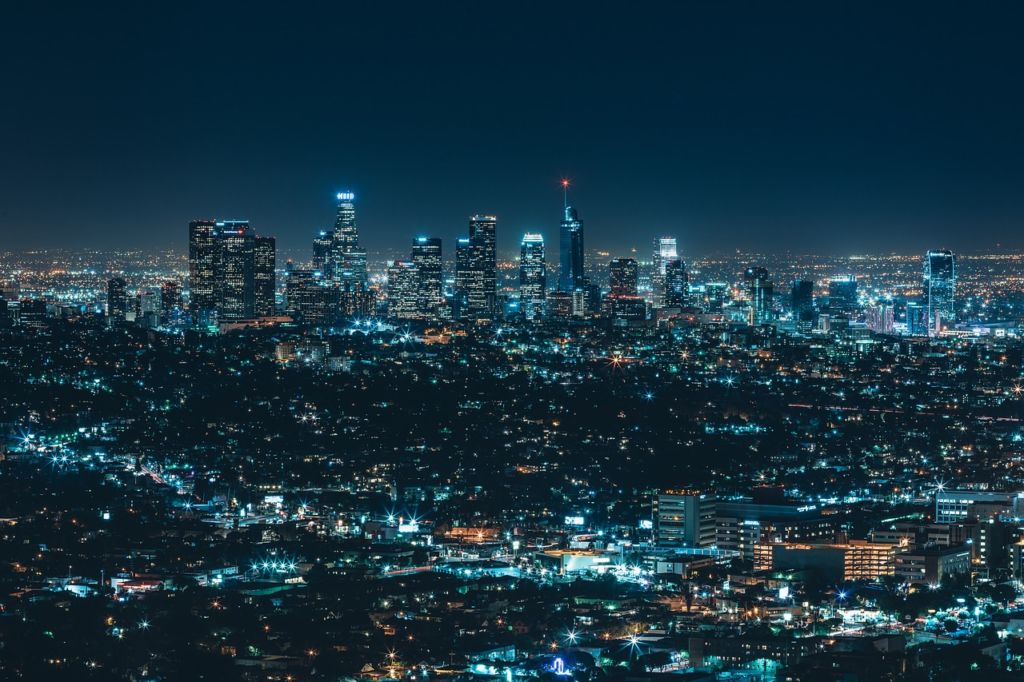
We need to look to new energy sources.
Today, most energy supplies are derived from fossil fuels, be it coal, natural gas, or oil. Fossil fuels power 81% of the energy used in the US and 79% of the energy used globally.
We depend on oil, coal, and natural gas to power vehicles and heat our homes. Industry and manufacturing cannot survive without electricity. Nevertheless, fossil fuels are a finite resource: we will need to curb our reliance on them before they run out. More importantly, burning fossil fuels generates carbon dioxide and other gases that are causing climate change. In order to prevent the worst effects of climate change, we need to quickly reduce our use of these non-renewable energy sources.
Shifting to new energy sources takes time and money, and governments are placing greater emphasis on renewable energy sources. Wind and solar power output are increasing, but how effective and reliable are these energy sources?
Solar power
Solar energy is renewable and generates no carbon emissions. Utility-scale solar projects are generating clean power around the world—in the US, there are more than 8,400 solar farms that each generate over 1 MW, according to the Solar Energy Industries Association. Solar power is also easily deployable on a smaller scale, by individual homes, businesses, universities, or corporate campuses.
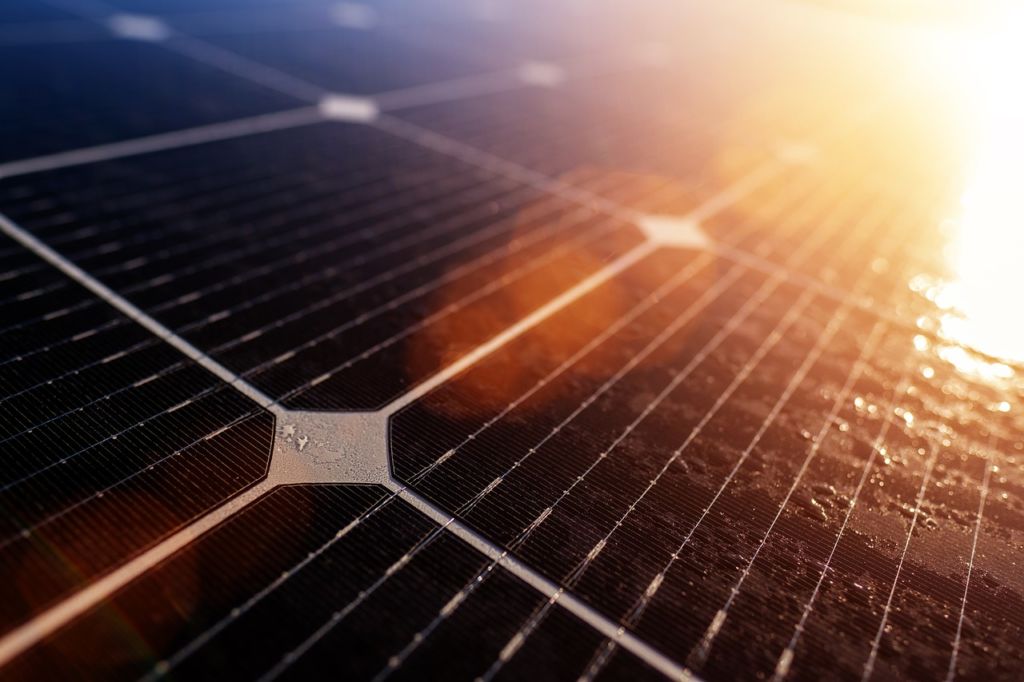
There are downsides to solar power, of course. The individual components needed to build a solar farm require manufacturing and transportation, both of which cause pollution. Production of photovoltaic systems involves hazardous substances and toxic materials.
Utility-scale solar projects also require a great deal of space. Solar energy can also be expensive to store. Perhaps the biggest drawback of solar energy is that it is weather-reliant. If it is cloudy, rainy, or dark, photovoltaic arrays cannot produce power.
Wind power
Wind power is another clean energy source. It is renewable, with good domestic potential within the US. Nevertheless, manufacturing and installing wind turbines is expensive, in both residential and commercial applications.
In addition, wind turbines can harm wildlife like birds and bats and cause nuisance and annoyance to nearby residents in the form of noise pollution. Wine turbines can be seen for miles around, and residents may object to their aesthetic appearance.
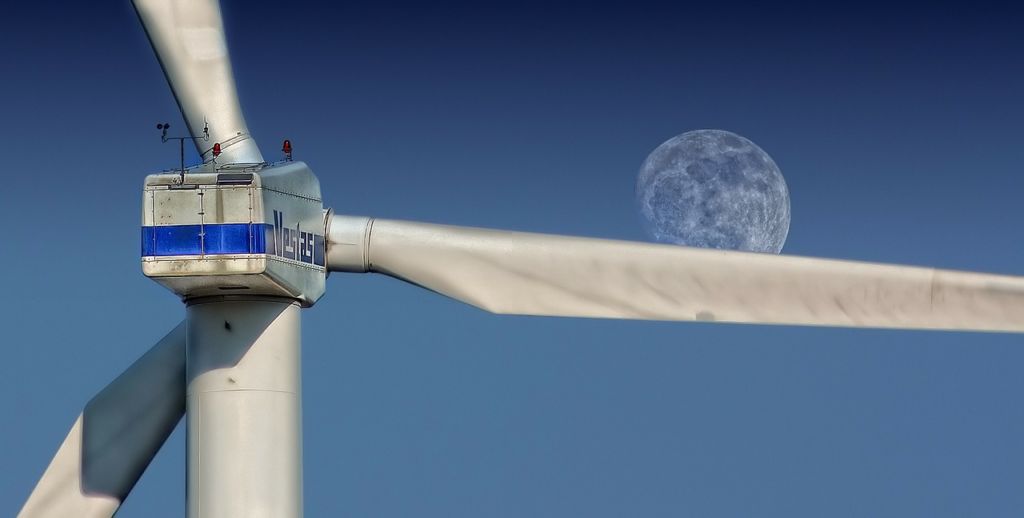
The main failing of wind turbines is similar to the main disadvantage of solar power: its inconsistency. Wind turbines only generate power when the wind is blowing, making wind power less reliable than other forms of energy. For both solar and wind, the primary issue is storage, which is needed to balance the fluctuations in power output when the wind isn’t blowing, or the sun isn’t shining. Without storage, solar and wind power are inconsistent and often unreliable.
We’ll only be able to fully transition to renewable energy when storage is cheap, and unfortunately, the technology just isn’t at that point yet. Wind and solar can play significant roles in a country’s energy portfolio, but more reliable, robust energy sources are still needed.
Nuclear power
Nuclear power produces around one-third of all low-carbon electricity today, according to the International Atomic Energy Agency.
The International Energy Agency’s World Energy Outlook report predicts that nuclear capacity will grow by 25% between 2016 and 2040, with increased uptake in Asia, particularly in China.
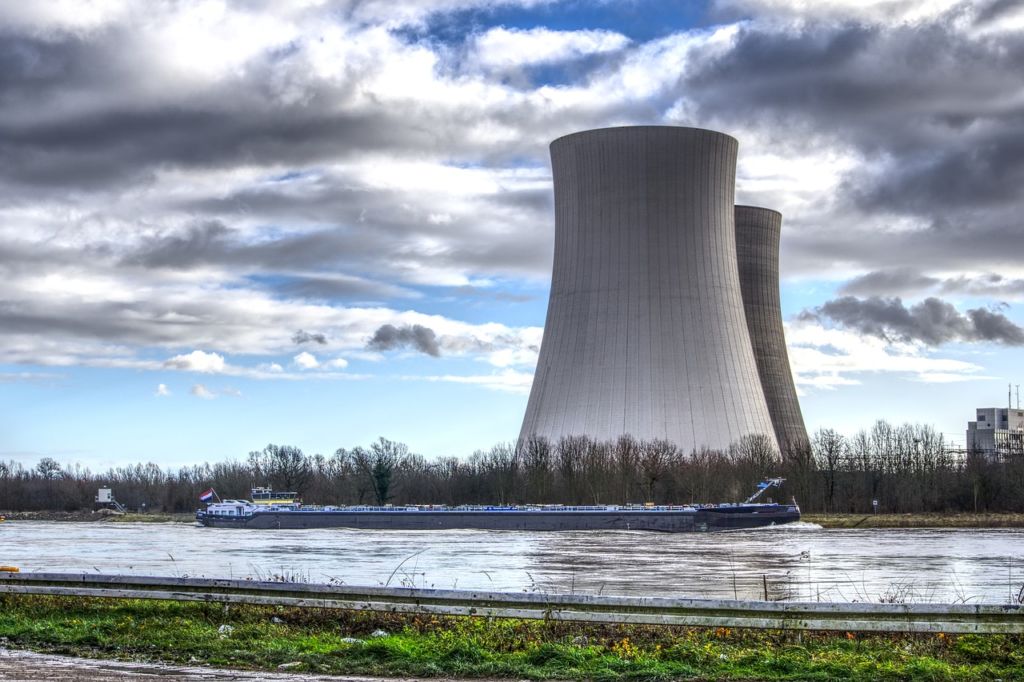
Currently, there are around 440 operating nuclear reactors and about 50 reactors under construction at locations around the world. Most new reactors are planned for construction in Asian nations, though Russia has announced plans to build several new plants as well.
According to the World Nuclear Association, new nuclear power reactors that were under construction as of January 2020 include:
- 11 in China
- 7 in India
- 4 in the United Arab Emirates
- 4 in Korea
- 3 in Russia
- 2 in the USA
- 2 in Japan
- 2 in Pakistan
- 2 in Belarus
- 2 in Bangladesh
- 2 in Slovakia
- 1 in France
- 1 in Argentina
- 1 in Turkey
- 1 in the UK
- 1 in Finland
- 1 in Iran
In terms of green energy sources, nuclear energy could not get much cleaner: it produces no carbon dioxide, the main greenhouse gas causing climate change. It is stable and reliable, without the fluctuations of solar or wind power. Nuclear power is a high energy density, sustainable power source. In addition, while nuclear power plants can be expensive to build, once operational, they are competitive with fossil fuels for electricity generation.
Though nuclear energy has had bad press historically, governments and policy makers are turning to this renewable energy source in increasing numbers. With its modest running costs, low pollution, and high reliability, I firmly believe that nuclear power has a key role to play in our energy future.
